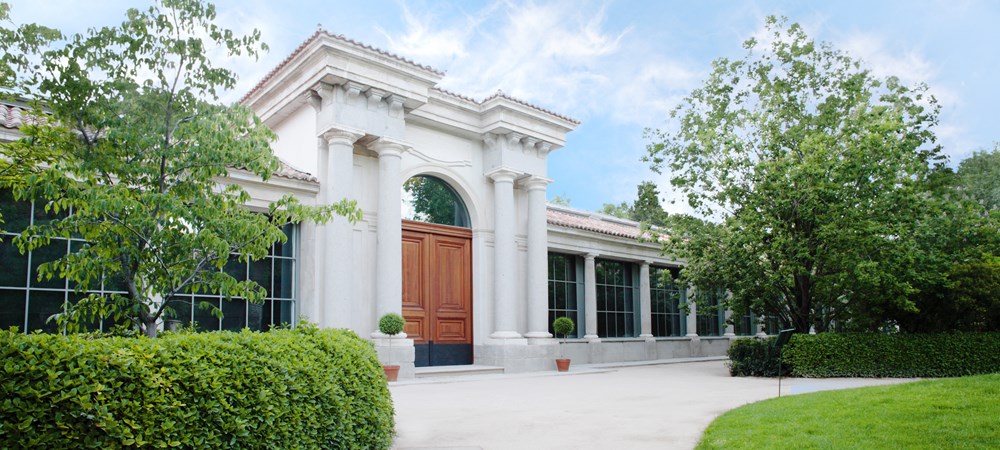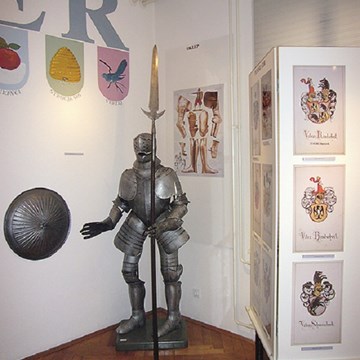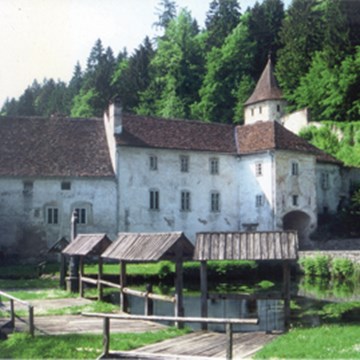Real Jardín Botánico - CSIC
The Royal Botanic Gardens, founded in the 18th century, are located in the center of Madrid, in the so-called "cultural golden mile" that makes up the Prado-Recoletos axis. With an area of eight hectares, they house and exhibit an important collection of more than 5,600 species of live plants organized in terraces and greenhouses following scientific and aesthetic criteria. In addition, the Royal Botanic Gardens constitute an important historical and cultural heritage, and a center for biodiversity research linked to the Spanish National Research Council (CSIC).The garden has a geometric configuration with three main terraces: the terrace of the grids, the terrace of the botanical schools, and the terrace of the flower-outline. A fourth terrace of most recent creation (2005), known as the terrace of the laurels or the Bonsai terrace, overlooks the other three. The first two terraces have a neoclassical design and preserve in the middle of each parterre the primitive fountains, which were restored in 1979.
The terrace of the flower-outline includes two greenhouses. The display greenhouse, inaugurated in 1993, is climatized for plants from desertic regions and from tropical or subtropical areas. Next to this is the so called Graells’ or Palms’ greenhouse, which was built in 1856 when Mariano de la Paz Graells was the director of the garden. This historic construction continues to operate since its creation as an unheated greenhouse keeping temperature and humidity more or less constant throughout the year without any other regulating device than the occasional use of water sprinklers. Featured in the Graell’s greenhouse are mostly ferns and mosses, and there is a small pond with aquatic plants such as water lilies.
Also in the terrace of the flower, and across the pond of Linneaus, is located the architectural ensemble known as Pavilion Villanueva. Initially, this unique building housed the herbarium and the Botanic Research Center, but today it is devoted to exhibits and a range of cultural activities.
The botanical research center building harbours one of the most important European herbaria (with more than one million specimens), a botanical library and a collection of historical archives which are essential resources for research in botany and related fields. The library holds a modest incunabula collection and a rich collection of botanical literature. The archives consists of documents, records and drawings mostly from botanical expeditions, including 7,000 drawings from the Royal Botanical Expedition to the Kingdom of New Granada (1783-1816) directed by José Celestino Mutis. Because of its size and artistic value, the Mutis collection is considered the most important one held in the historical archives.
The botanical research center is composed by 20 scientists, in addition to postdoctoral fellows and graduate students, whose main objectives are to understand the current diversity of plants and fungi and how this diversity is generated and mainteined. The Royal Botanic gardens offer self-guided itineraries, guided tours, and diverse activities and workshops for children of all school ages, families, and adults. Information about these activities can be found at the garden website, www.rjb.csic.es, and need to be booked in advance. The Botanical Gardens are open every day throughout the year, except Christmas and New Year’s day.
Exhibitions and events
We don't have anything to show you here.
Educational programs
We don't have anything to show you here.
Collections
We don't have anything to show you here.

















